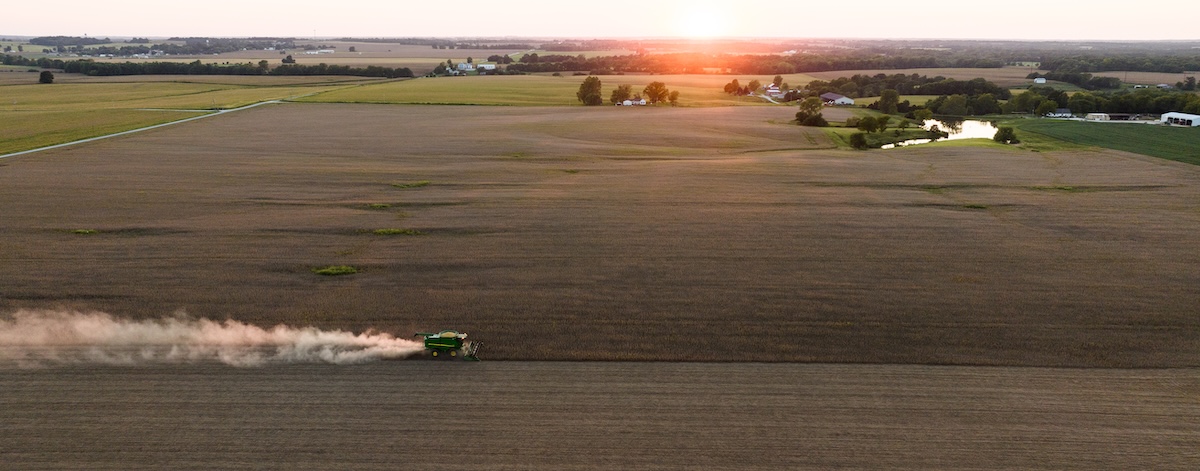
Diversifying Your Portfolio with Agricultural Real Estate
Stocks. Bonds. Crypto. Artwork. Metals. The list of asset classes goes on. But real estate is one of the most proven options among investors and is commonly chosen by those seeking a safe-haven asset that also offers exceptional year-over-year growth. Investing in farmland is an exceptional option, but it requires the understanding of real estate investment strategy. Here are some things to know.
Editor’s Note: This is not financial, investment, legal, or real estate advice. Consult with a financial planner, investment specialist, real estate lawyer, and real estate professional before buying or selling real estate.
What is Diversification?
Those unfamiliar with the term will wonder, what is diversification? In simplest terms, diversification is the spreading of resources out over multiple asset classes, rather than being heavily invested in one or two. Basically, it’s the practice of not having all eggs in one basket. Instead, the individual places a few eggs in multiple baskets.
Some tend to overlook the nuances of agricultural portfolio diversification. Buying one farm isn’t the same as purchasing the next one. Those who plan to diversify their portfolio can do so with agricultural real estate. Here are some things to know beforehand and reasons to do so.
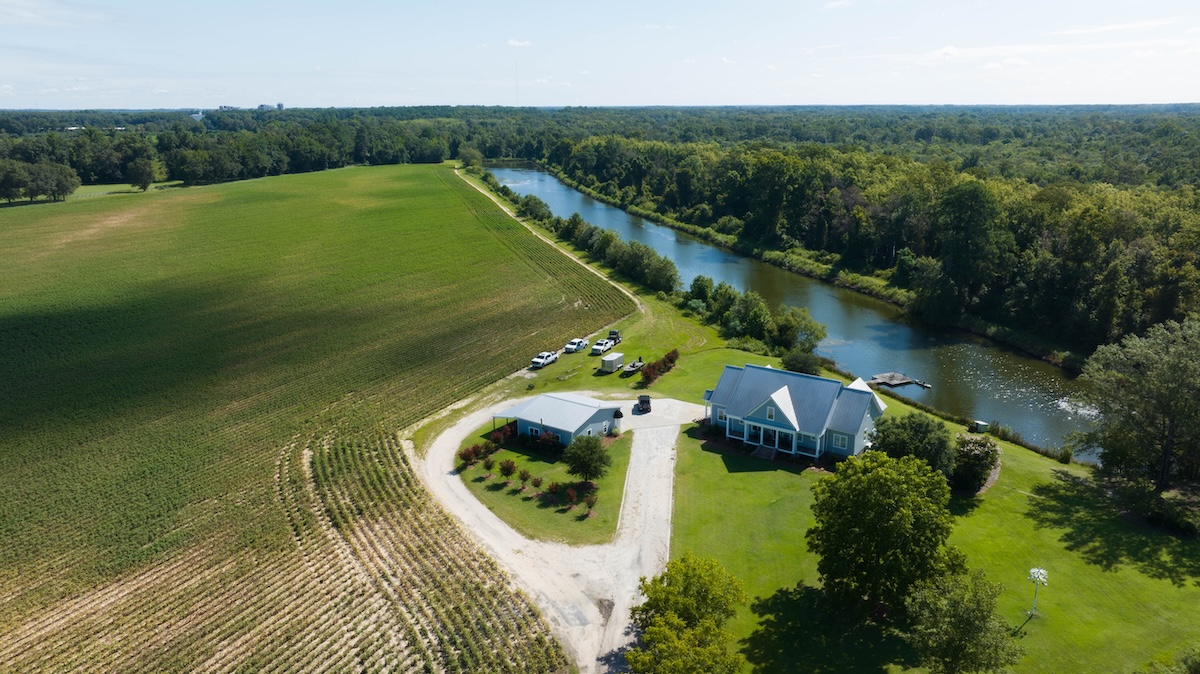
Revenue Cycles
Farmland comes with revenue cycles. Oftentimes, an operating farm produces income at specific times of the year. That’s when you sell the annual crop, take livestock to market, etc. Depending on the type of livestock or crop, owners might receive one or multiple income streams throughout the year.
Generally, more diverse farms that have different operations allow for additional revenue options. For example, a farm that raises corn, soybeans, and wheat has three different crops to sell. They can even space out the loads taken to market to stagger income or sell all at once. Other times, farm operators might raise grain crops and beef cattle, effectively diversifying their income streams, which hedges against fluctuating markets.
All said, new revenue cycles are often attractive to farmland investors.
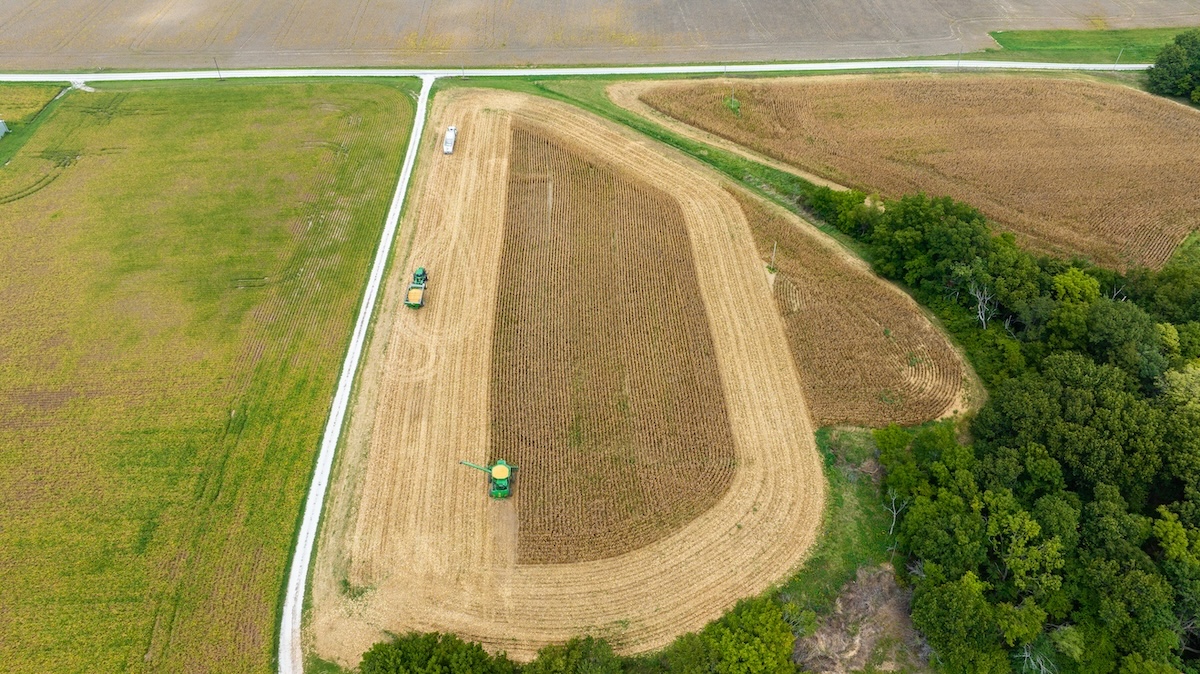
Ag Crops
As noted, crops are common on farms. Those uninterested in raising livestock are left to grow key crop species. In most areas, crops dominate the majority of agricultural acres. Staples, such as alfalfa, beets, canola, corn, fescue, johnsongrass, milo (sorghum), tobacco, orchard grass, soybeans, wheat, and many more, are common crops. Fruits, such as apples, blackberries, peaches, pears, and more, are niche operations. An array of vegetables can be, too. Regardless, crops are premier income sources for those who own farmland.
Oftentimes, properties with better soil types and soil quality are suitable for row cropping. Because corn and soybeans tend to be the most profitable large-scale crops, higher-quality land can be wasted on less-profitable ag sectors. Therefore, most landowners sync the type of farming they do to the land type and soil quality.
Generally, well-drained creek bottoms, river bottoms, and otherwise flat fields go at premium prices. Lands that are easily accessible by large equipment, and with soils that test well and display better nutrient and health levels, are even more valuable.
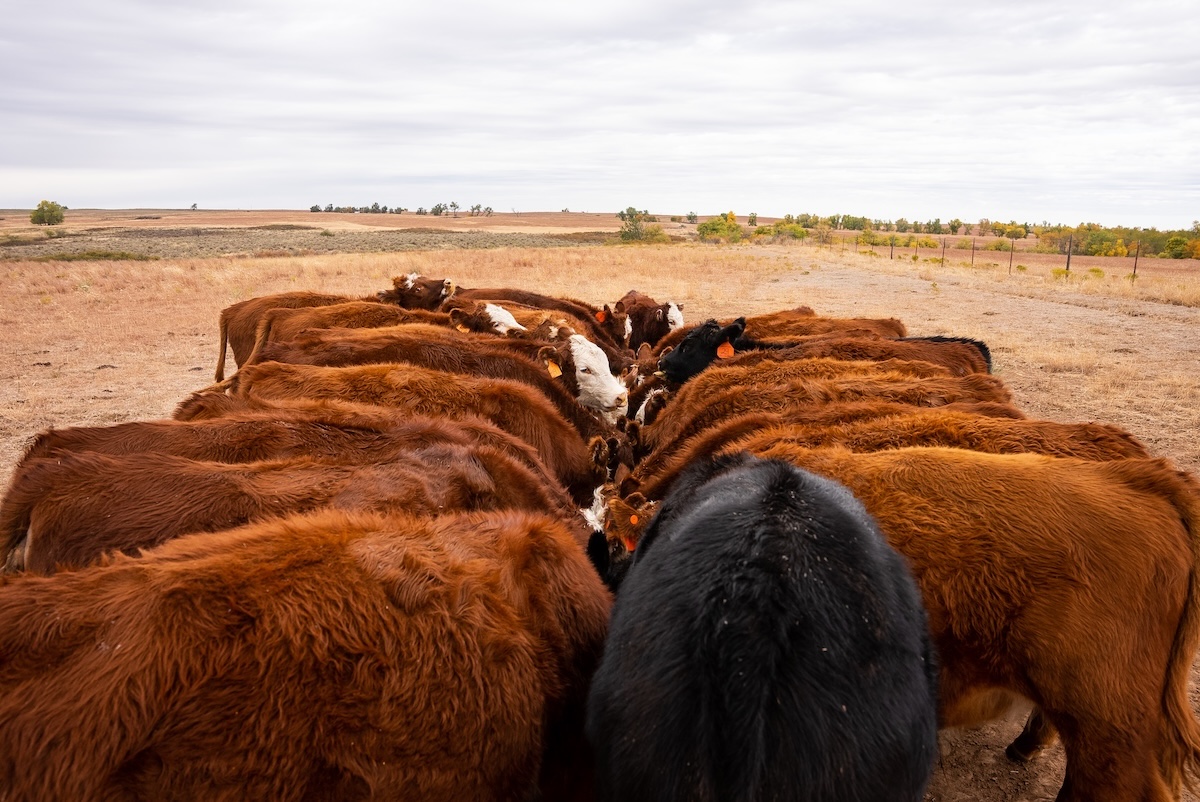
Livestock
Various livestock species continue to prove profitable. Beef cattle, dairy operations, hogs, goats, sheep, and more, are viable directions for some landowners. Those who are interested in that element of ag should consider this route over cropping.
Oftentimes, lands that aren’t quite good enough for row cropping are better suited for pasturing livestock. Examples include rolling hills and other areas where crop growers are less inclined to operate. Likewise, these lands are optimized for raising certain hay crops. Exceptions include alfalfa, which is a high-quality feed that’s more difficult to grow and requires top-tier soil quality.
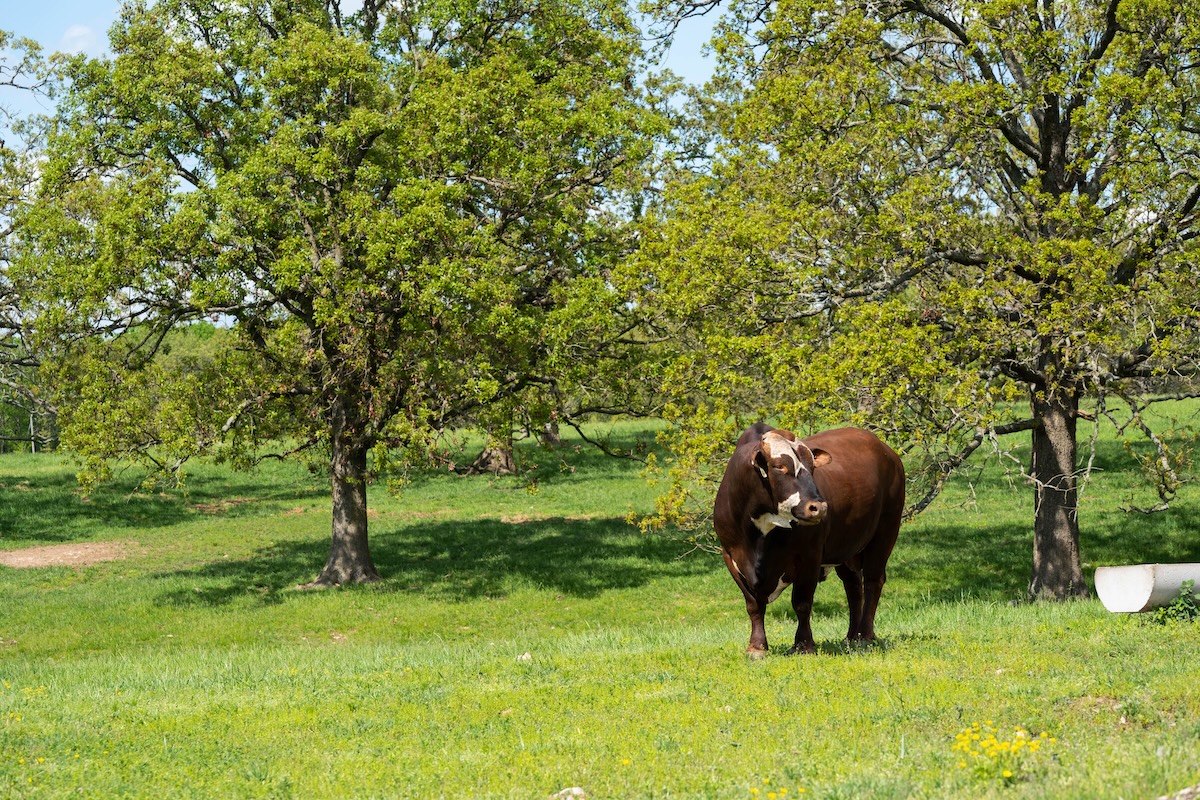
Cash Rent
Some investors might choose to buy land, but the idea of operating a farm themselves isn’t in the cards. Some don’t have the knowledge, skills, or physical strength. Others don’t have the proximity or time to do so. Regardless, they aren’t able to complete farming operations on their own.
Of course, they can hire the work done. Ultimately, they assume all risk, enjoy the profits, but hire someone to handle the day-to-day operation. Again, some choose not to do that, though.
So, if you buy land and don’t work it yourself, or pay someone else to, what’s left? Cash renting to other farmers. By leasing out your land, you, the lessor, receive a fee and the lessee farms the land as if it’s their own. There are variations of this agreement type, and some versions allow landowners to take on more of the risk-reward from crop production.
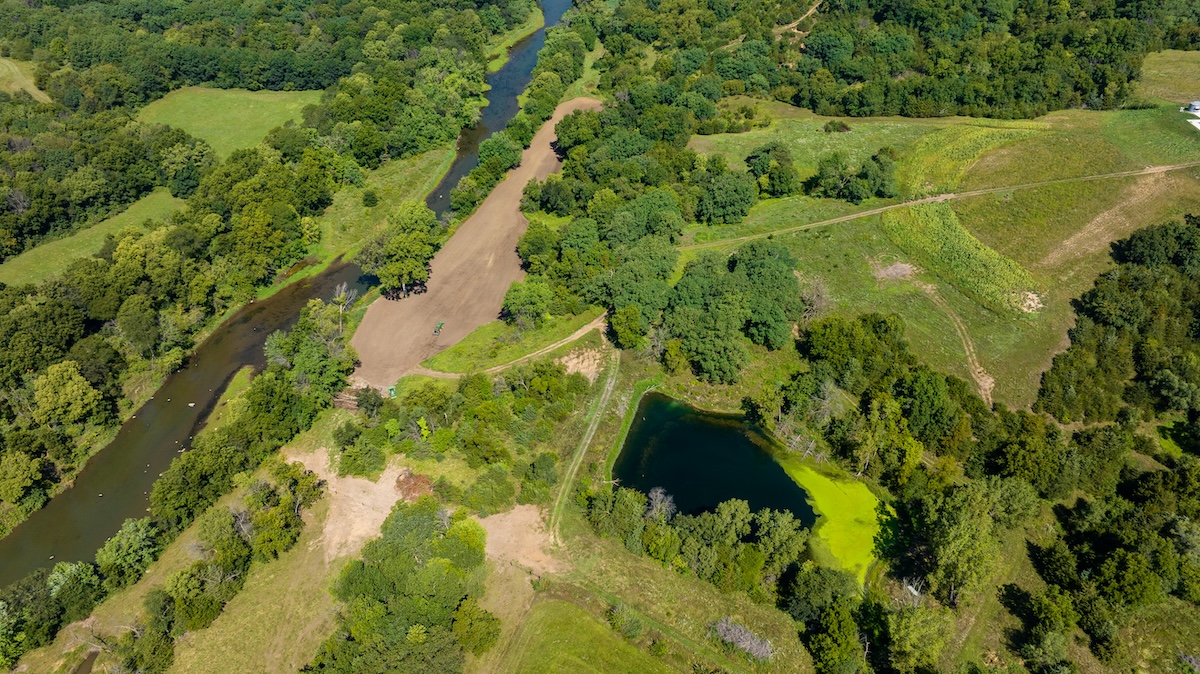
Conservation Easement Funds
Some lands are especially attuned to conservation easements. Historical examples include the Conservation Reserve Program (CRP), and similar options, such as CREP, WRP, etc. Today, there are numerous others, but the Environmental Quality Incentives Program (EQIP) is especially popular.
Regardless of the specific program, the overarching goal is conserving habitat. These prioritize plant and wildlife species, water quality preservation, and more. Each program focuses on a specific area, and landowners can look into those which best fit their properties.
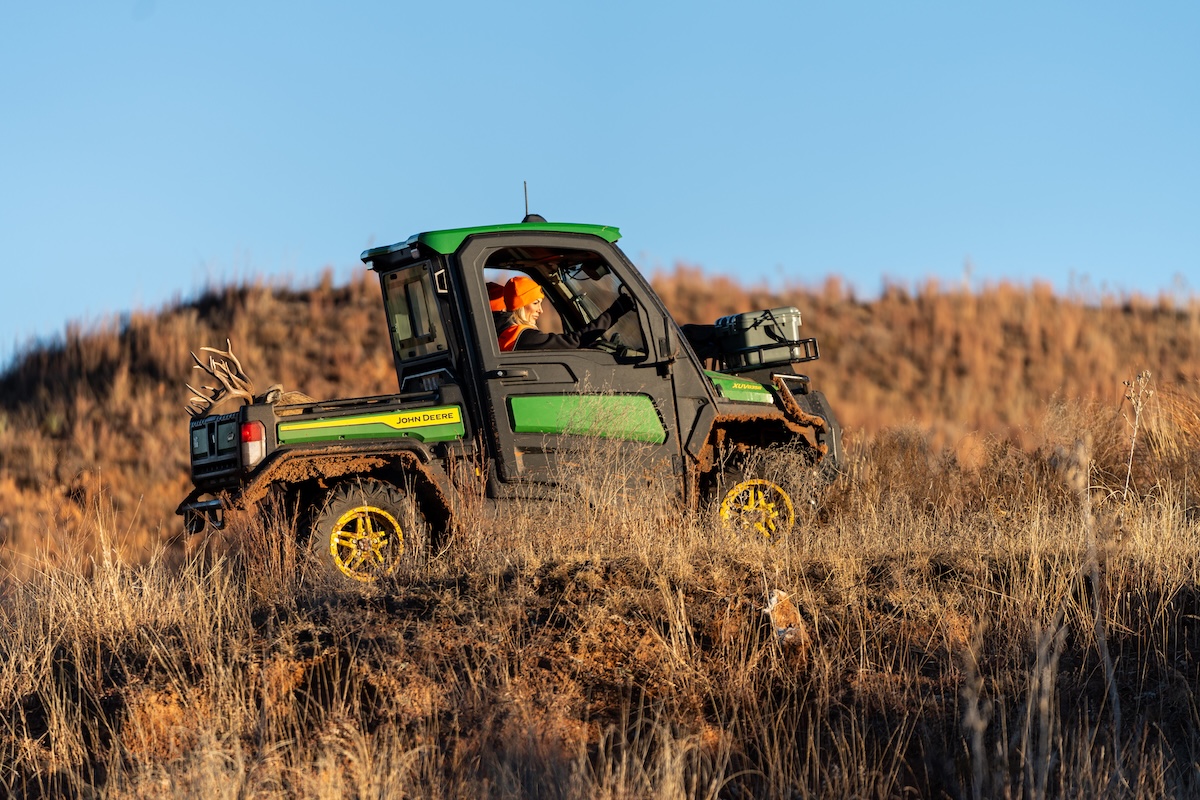
Hunting Leases
Some aspiring landowners might decide to hunt their own property. Others might not be interested in hunting or might hunt elsewhere. In either case, landowners can maximize their property income via hunting leases.
Properties with unused acres, such as timbered areas, and acres with early successional habitat (i.e.: brush, native grasses, etc.), can serve as excellent wildlife habitat. If the deer, turkey, and/or other populations are doing well in the area, you might generate steep hunting lease income.

Timber Harvests
Harvesting timber is not a regular, reliable source of income. In fact, aside from small select cuts, you might only harvest once every 30-, 40-, or 50-plus years. That said, purchasing land with marketable timber can produce a sudden, and quite large, chunk of revenue. Furthermore, those who buy and hold land can enjoy the same, but down the road.
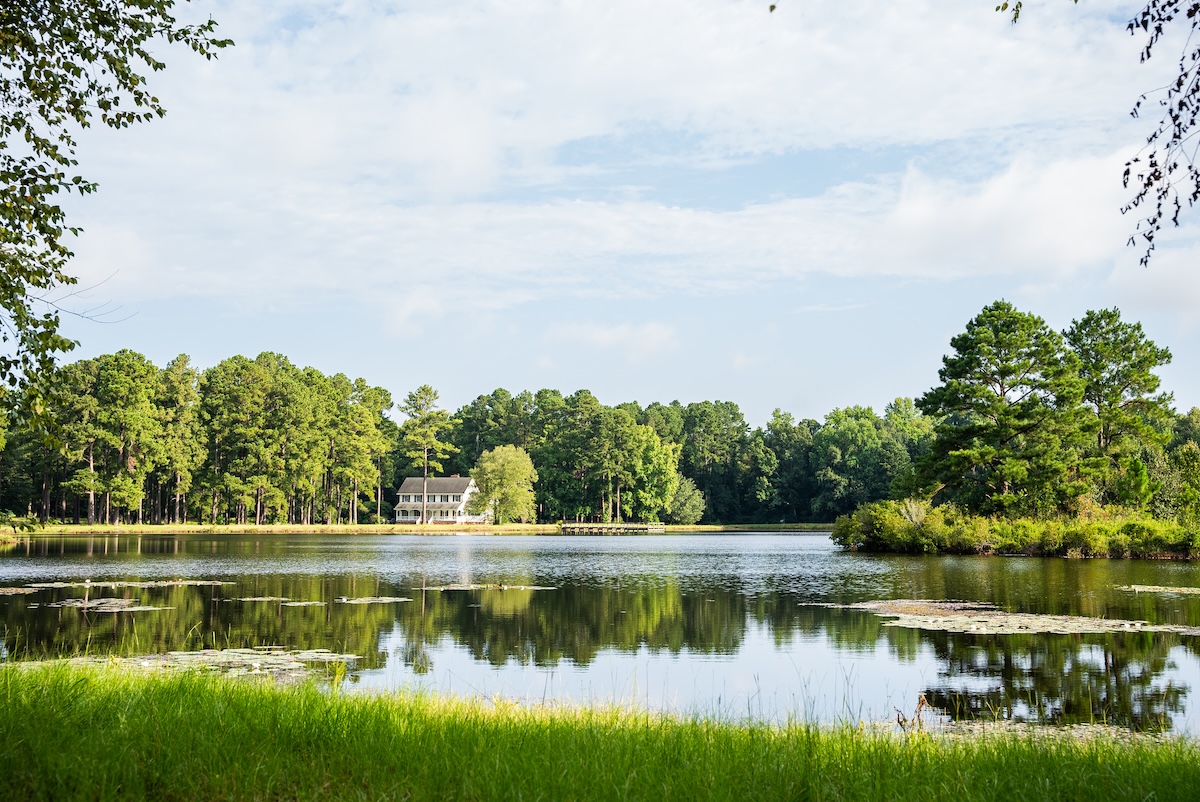
Land Appreciation
The best thing about land is how well it appreciates over time. Throughout America, land has proven itself to be a great store of value. Oftentimes, it follows or even outperforms inflation, which makes it a great store of value. Dumping money into real estate not only saves your wealth but can grow it over time. So, while you generate income from land-use practices, you also generate even more money on the backend when you eventually sell the property.
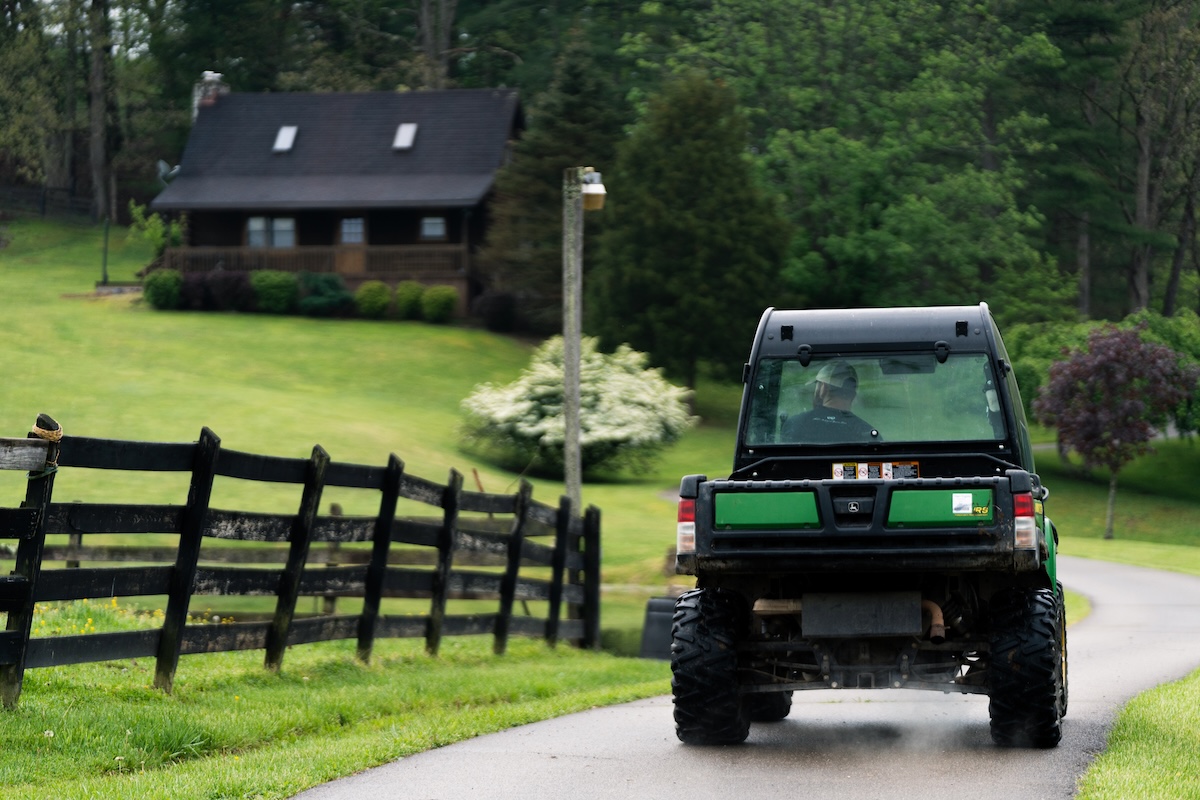
More Reasons to Consider Farmland
In addition to the nuances of agriculture revenue, there are other reasons to consider farmland. First, this is a physical asset. You can see it, feel it, and touch it. It has intrinsic value, and landowners benefit from it in numerous ways.
Additionally, it is an excellent hedge against inflation. Over time, it’s proven itself in the inflation performance category. Even better, investing in land preserves the landowner’s investment, ultimately maintaining or improving their long-term purchasing power.
Of course, some prefer real estate because of its lower correlation with traditional markets. Oftentimes, it doesn’t follow stocks, bonds, and other conventional assets. At times, much like precious metals, it tracks conversely with these classes.
Another benefit is decreased volatility. Even when economies cool down, land values tend to hold strong. This produces resilience and stability, which make agricultural land a safer asset to own.
A benefit many overlook, owning real estate provides the opportunity to steward over the land. This process of managing land, habitat, and even wildlife, is a rewarding experience.
Lastly, land tends to offer great resale value. A significant percentage of aging landowners is set to sell within the next 10-20 years. So, buyers should see significant buying opportunities to purchase land.
So, does diversification make sense for you? For landowners looking to sell at auction, contact Ranch & Farm Auctions. We can answer questions and help with your auctioneering needs. For buyers hoping to purchase land, check out some of the upcoming Ranch & Farm auctions near you.
Published on 2025-07-09